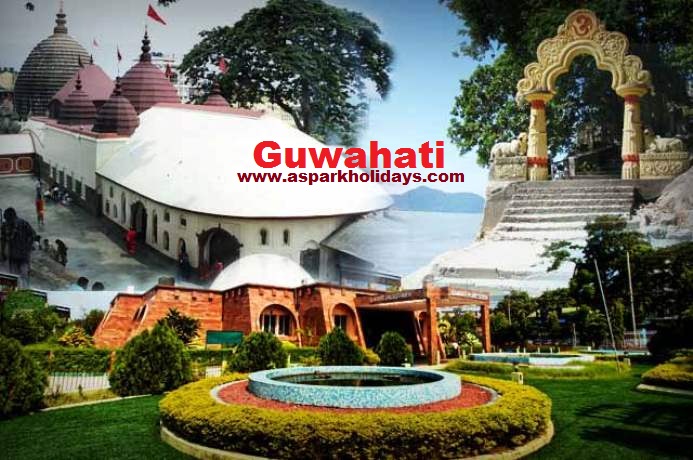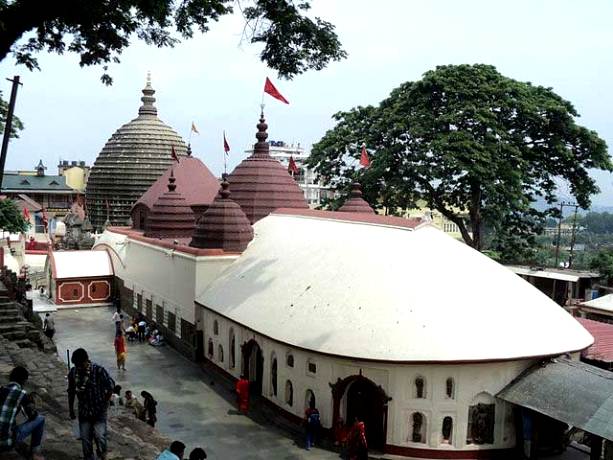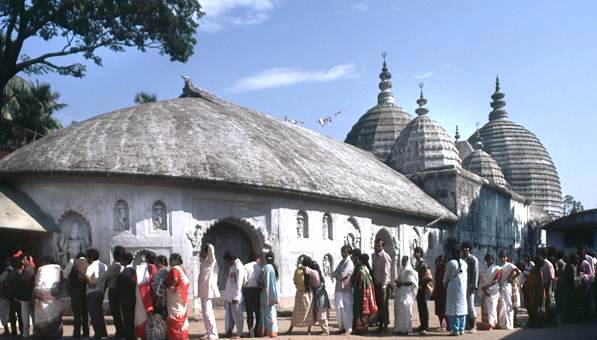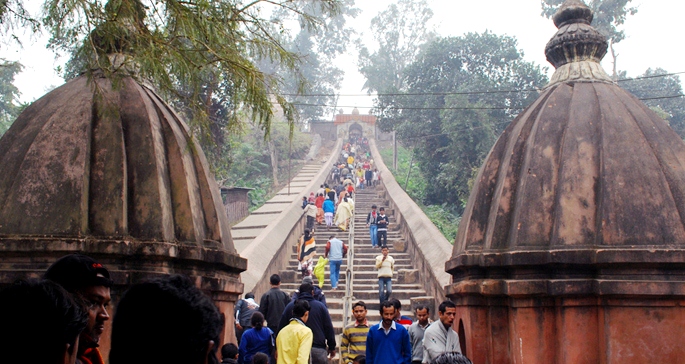
The city is located in the country's northeastern state of Assam and lies idly on the banks of the mighty Brahmaputra River at the foothills of the Shillong Plateau. Guwahati is the capital city of Assam. The city lies in the northeastern side of Assam and located at an altitude of 55 meters above sea level. It is also a major cultural hub and a center for sports in the northeastern region. Guwahati is also an important transportation junction in the entire region..
History- Guwahati has existed over several hundreds of years and has been mentioned in ancient epics and Puranas. One can undoubtedly say that it is one of the ancient cities in Asia. The name of Guwahati has been mentioned in Mahabharata to be the capital of Bhagadatta and Kamakhya. The ancient name was "Pragjyotishpura" which means the light of the east. There are many remains from the ancient past that tell about the culture and history of the bygone era..
The city has witnessed several rulers since the 6th century. The Varman dynasty was predominant here in the 6th century and they made it their capital. The Kamarupa kingdom also existed here at same time. The Chinese traveller Hiuen Tsang has mentioned the city as a huge kingdom during the rule of the Varman king, Bhaskar Varman, in the 7th century AD. He says that the city was probably a base for the kingdom's naval force and had officers who were experts in naval warfare..
During the medieval times between the 12th century and 15th century, the city lost its importance and became an outpost of the Ahom and Koch Hajo kingdoms. Later the east Koch kingdom was captured by the Mughals and became the protectorate of Ahom. Frequent conflicts between the Mughals and Ahoms were common but Guwahati continued to be the prized possession of Ahom..
Ahom defeated the Mughals 17 times and all the wars were led by the great Ahom general Bir Lachit Borphukan. One of the major battles fought here was the Battle of Saraighat in 1671, where the Mughals were overrun by Lachit Borphukan. Borphukan became a heroic figure and remained so till his death. Due to his heroic deeds, Guwahati could never be captured by the Mughals..
The modern history of Guwahati begins from 1826 when the lower half of Assam came under British rule. In 1906, the city was already under British rule. Later the state of Assam and Guwahati merged with the Bengal Presidency in 1906. The city became an important part of the northeastern region. After 1947, Guwahati merged with the Indian Union but was not the state's capital until the state of Meghalaya was carved out of Assam and the capital shifted from Shillong to Guwahati..
Geography- Between the mighty Brahmaputra and the Shillong Plateau lies the modern city of Guwahati. The city is surrounded by Narengi town to the east and the LGB international airport to the west. The city straddles the valley of the river Bharalu, which is the tributary of Brahmaputra River. Numerous hills surround the city which makes the view irresistibly scenic. Nilachal hills lie to the west of the city and revered as the place of Goddess Kamakhya. Guwahati encompasses an area of 556 square kilometres and is elevated 55 meters from the sea level. The city is located 440 km east of Siliguri while shilling lies merely 100 km away..
Guwahati is physically divided into two parts, one in the north and the other in the south. The coordinates of the city are 26.18°N and 91.76°E. Guwahati has many rivers and tributaries flowing past the region. Brahmaputra is the major river here while the rest are tributaries of this great river.
Climate- The climate is subtropical and humid but the weather is not extreme. The minimum average temperature normally hangs around the 19°C mark while the maximum stays around 29°C. The high humidity is inherent and often rises past 80% except during the winter season when it is dry. Summer begins in March and ends by June. The hottest month of the year is June. The monsoon arrives in June and stays till September. The annual rainfall received by the city is a healthy 1613 mm. Guwahati also experiences an autumn season after the monsoons that begins in September and ends by November. Winter begins in November and stays till February. During winters the temperature can get as low as 10°C. The best time to visit Guwahati is from October to April when the climate is pleasant and enjoyable..
How to Reach Guwahati- Being one of the largest cities in the north east, Guwahati is very well connected to the rest of the country. Here is how you can reach Guwahati.
By Train- Guwahati has its own railway station called the Paltan Bazaar Railway Station. Here are a few trains connecting to Guwahati from various parts of the country
By Road- Guwahati is very well connected by road to neighboring towns and cities. Volvo buses run at regular intervals and are a convenient ay to get to and around Guwahati.
By Air- Guwahati is served by the Lokopriya Gopinath Bordoloi International airport, which is located 20 km out of the city. This airport is connected to all major cities in India and abroad.
Need Aspark Help?
For Tour Packages, Vehicle Rental and Customer Care Support.
+91 9999 31 7846
booking@asparkholidays.comWhy Travel with Us?

Excellent Support
Our Team Available 24x7 for Customer support
Best Price & Savings
We Offer the Most Competitive Prices.



